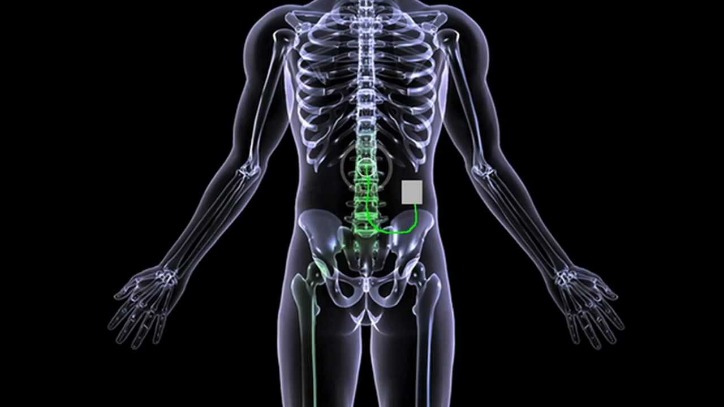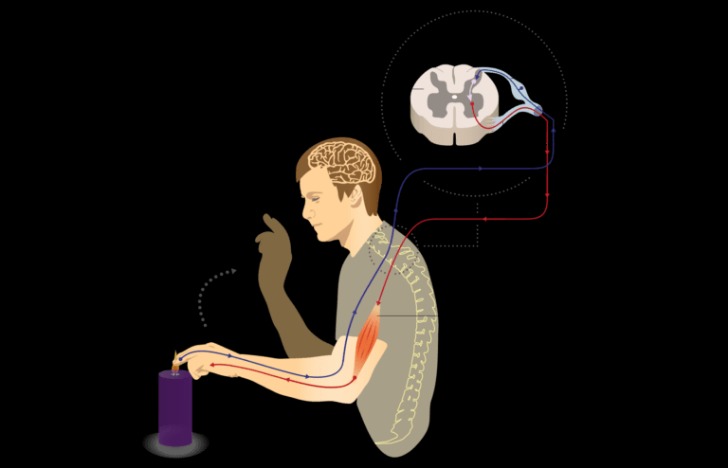In the realm of modern anesthesiology, the USG-guided brachial plexus block has emerged as a pivotal technique, enhancing both efficacy and safety in regional anesthesia. The use of ultrasound technology has significantly upgraded traditional methods, providing precision and clarity that were previously unattainable.
What is a Brachial Plexus Block?
The term “brachial plexus block” refers to a form of regional anesthesia where anesthetic agents are injected into the brachial plexus, a network of nerves that conducts signals from the spine to the shoulder, arm, and hand. This procedure numbs the entire upper limb, making it invaluable for surgeries on the shoulder, arm, or hand.
Advantages of Using Ultrasound Guidance
The evolution of technology has brought forward the Ultrasound-guided brachial plexus block, which offers several compelling advantages:
- Increased Precision: The use of ultrasound allows for real-time visualization of nerves, blood vessels, and adjacent structures.
- Reduced Complications: By providing a clear anatomical map, ultrasound reduces the risk of inadvertent puncture of surrounding structures.
- Higher Success Rates: Accurate targeting improves the overall effectiveness of the anesthetic block, ensuring better patient outcomes.
- Immediate Feedback: Anesthesiologists can make adjustments in real-time based on ultrasound images, enhancing the accuracy of needle placement.
Procedure Steps
Read more about Ultrasound-guided brachial plexus block here.
The process of performing a USG-guided brachial plexus block involves several meticulous steps:
- Preparation: The patient is positioned, and the skin is disinfected to ensure a sterile field.
- Ultrasound Probe Placement: The ultrasound probe is positioned over the brachial plexus area to get a clear image.
- Needle Insertion: Under continuous ultrasound guidance, the needle is inserted and directed toward the target nerves.
- Anesthetic Injection: Once the needle is correctly placed, the anesthetic is slowly injected while monitoring its spread via ultrasound.
FAQs About Ultrasound-Guided Brachial Plexus Block
Here are some frequently asked questions to provide a deeper understanding of this advanced technique:
Q: Is the ultrasound-guided brachial plexus block procedure painful?
A: Patients typically experience minimal discomfort during the procedure. The local anesthetic used ensures that the area becomes numb, reducing sensation during needle insertion.
Q: How long does the effect of a brachial plexus block last?
A: The duration of anesthesia varies depending on the anesthetic agent used but generally lasts anywhere from a few hours to a full day.
Q: Are there any risks associated with this procedure?
A: The USG-guided brachial plexus block is considered safe, especially with the precision provided by ultrasound. However, like any medical procedure, it carries risks such as infection, bleeding, or nerve damage, though these are rare.
Conclusion
The integration of ultrasound technology into brachial plexus block techniques marks a significant advancement in regional anesthesia. The USG-guided brachial plexus block ensures higher precision, safety, and effectiveness, making it an essential tool in pain management and surgical procedures involving the upper limbs.




